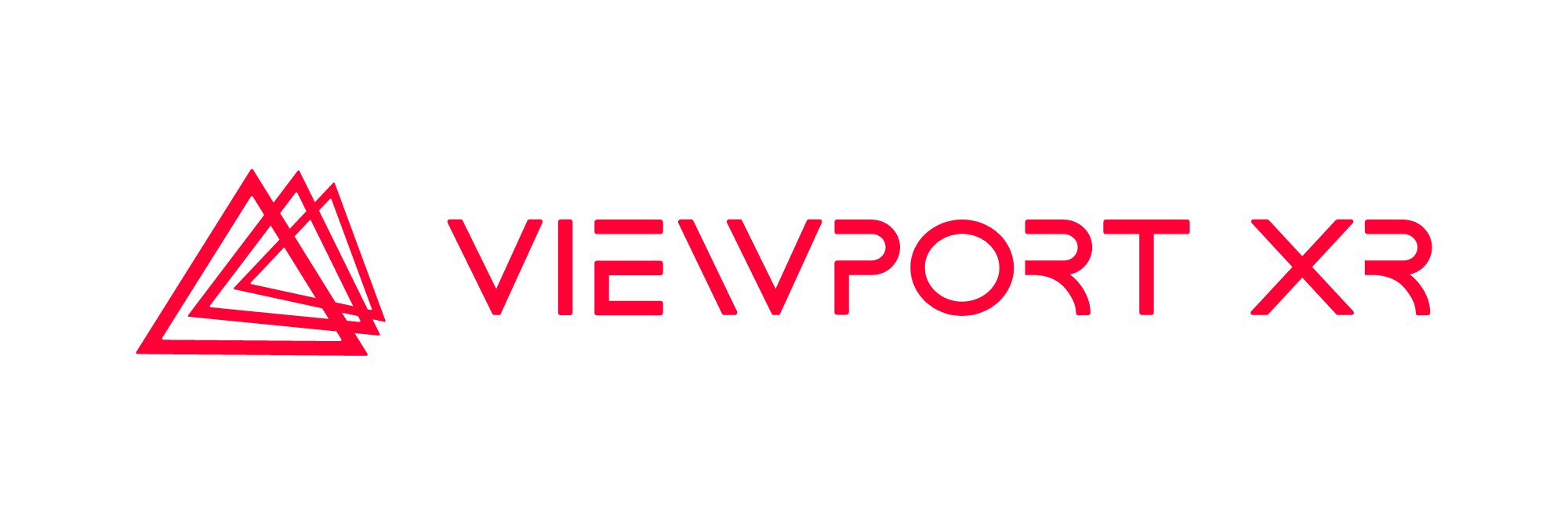What Does a Virtual Reality Studio Actually Do?
Traditionally, it’s easy to identify the exact function of a business or company by the industry that it operates within. Architects design buildings, law firms provide legal counsel, mechanics fix cars and so on and so forth. These are roles that have existed for centuries in some form or another. So what then, does a virtual reality studio do? Obviously we make virtual reality… stuff, but what kind of stuff? Who do we make it for and on what platform? Do VR studios make games? Some do, sometimes. Do they make Virtual Reality simulations? Yes, sometimes.
When we tell people we work for a Virtual Reality studio, one of the first questions we get asked by friends, family members and potential clients is this: what kind of stuff do you make? Being such a new industry, the question is obviously justifiable, but it’s a stark reminder that a lot of people don’t know what they should associate with Virtual Reality in a commercial context. Which is why, in this article, we’ll break down what kind of ‘stuff’ Viewport Studios actually makes.
Anyone who has skimmed through our other blog posts or stumbled across our links on Facebook will know that Viewport has done a lot of work within Architecture, but without actually being able to try the applications we built for clients such as BSB Design, Boral and Hanson or Taylor Robinson you may have been left wondering what it was that we actually made. The answer can be broken into three broad categories:
Residential and Commercial mock-ups:
We create a to-scale 3D model of a proposed construction project whether it be apartment complexes, shopping centres or other public works. Our primary agenda in these cases is to provide a hyper realistic 3D representation of every nook and cranny of the finished product based on the architects design and brief. These mock-ups can then be sent to clients in the form of print ready high resolution 4k renders.
Fly-throughs:
These generally take the previously mentioned mock-ups and amps the detail up to 110% as we create an automated camera that moves through the entirety of a project. Creative camera angles can’t be used to cut corners or hide mistakes in this process so nothing short of perfection is acceptable both for us and for our clients.
360 3D Video Capture:
Everyone should by now be familiar with 360 video from Facebook. They’re novel and cool to play with, but using methods and equipment unique to Viewport Studios, we’ve taken the art of 360 and more importantly, 3D 360 video capture to a whole new level when delivering Virtual Reality applications across all VR devices from Google Cardboard to the Oculus Rift. This offers unparalleled video quality and breathtaking immersion for the end users whether they’re exploring one of Perth’s many parks using Discovr WA or wandering the virtual streets of the CBD in StudyPerth VR.
Virtual Reality Experiences:
You can think of this as the final evolution of the previous categories and it entails putting a person into the project through the use of any of a number of Virtual Reality peripherals such as the Oculus Rift, HTC Vive, Google Cardboard and Gear VR. This involves an even greater level of attention to detail as we have no control over where a person goes, what they look at or in some cases what they interact with within the virtual environment so everything has to look and behave as realistically as possible to facilitate immersion. A prime example of this is the Ozgrind polished concrete VR showroom we designed from scratch for Boral and Hanson.
Of course, these processes don’t apply exclusively to architecture and there is a certain amount of overlap with clients from other industries such as tourism, education and marketing, which can require the creation of 3D models and high fidelity materials, but they also include a number of unique processes such as:
Gamified Experiences:
Last but certainly not least, one of the most effective means of grabbing a user’s attention and promoting lasting engagement is in what we commonly refer to as Gamified experiences. Mixing fun elements into what might otherwise be a dull experience is one of the golden rules in any industry and with so many aspects of Virtual Reality technology lending itself to being gamified; you’d better believe that we take full advantage of this as well.
For those who have read this far, you’ve probably noticed that one prominent aspect of Virtual Reality technology that most people immediately think of is missing: Game Development. It’s no secret that VR technology was and often still is earmarked as being ‘made for games’, but the truth is that this just isn’t an accurate picture of how the technology is being used by most of the world. More accurately, Virtual Reality is poised to reinvent the way we consume media, interact with businesses and each other. Viewport may be one small studio leading the way from its home in Perth, Western Australia and not every studio possesses the same focuses that we do, but hopefully this has broadened your understanding of what Virtual Reality can involve beyond the stereotypes and assumptions that still persist about the technology and its uses.
Training and Safety Simulations:
Education is a paramount facet of the work we do for clients as we can provide realistic and cost effective methods for employees both old and new to undergo training or demonstrate skill without risk of damage, injury or even possessing the necessary equipment. This can be demonstrated through projects such as the mining occupational health and safety and training application we developed for INPEX.
